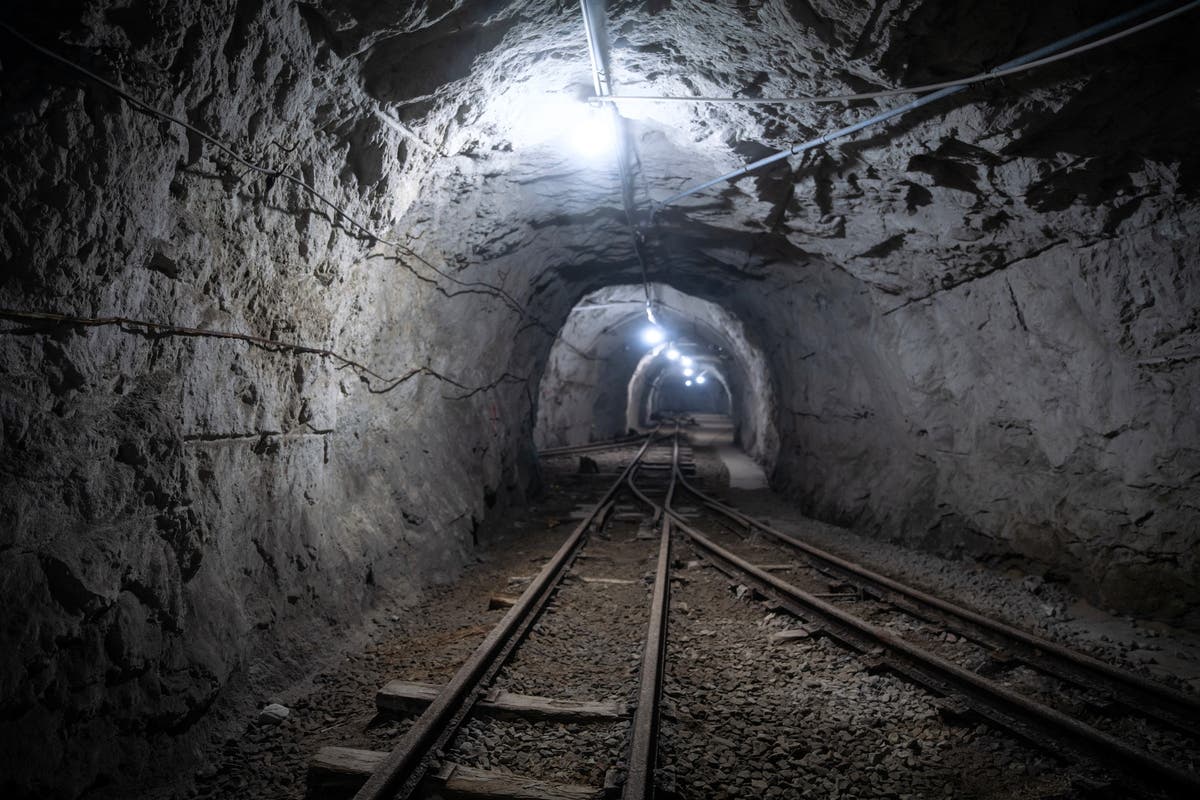An abandoned mine in Finland is set to be transformed into a giant battery to store renewable energy during periods of excess production.
The Pyhäsalmi Mine, roughly 450 kilometres north of Helsinki, is Europe’s deepest zinc and copper mine and holds the potential to store up to 2 MW of energy within its 1,400-metre-deep shafts.
The disused mine will be fitted with a gravity battery, which uses excess energy from renewable sources like solar and wind in order to lift a heavy weight. During periods of low production, the weight is released and used to power a turbine as it drops.



That should be 100g * 9.832m/s², or better yet 0.1kg * 9.832m/s² to get a number in newtons (N).
From a high school physics perspective, holding a 100g object steady for any length of time does no work, since work is force applied over a distance, measured in joules (J). What you do have is gravitational potential energy. Potential energy is the ability to do work, also measured in joules. Once you release the object, then you actually start getting numbers for work and power.
Power, measured in watts (W), is work done per unit time. So 10W/hr would be (10J/s)/hr. I guess that would be the rate of change of power consumption, if that were useful to you?
In theory, energy and work should be measured in joules. Simple as that. But this unit of kwh (kilowatt∙hour) has come into vogue, presumably because that’s what power utilities show on the meter outside your house? 1 kW∙hr = 1 kJ/s∙hr ∙ (1000J / kJ) * (3600s / hr) = 3.6MJ. So now we’re back from power to energy consumption.